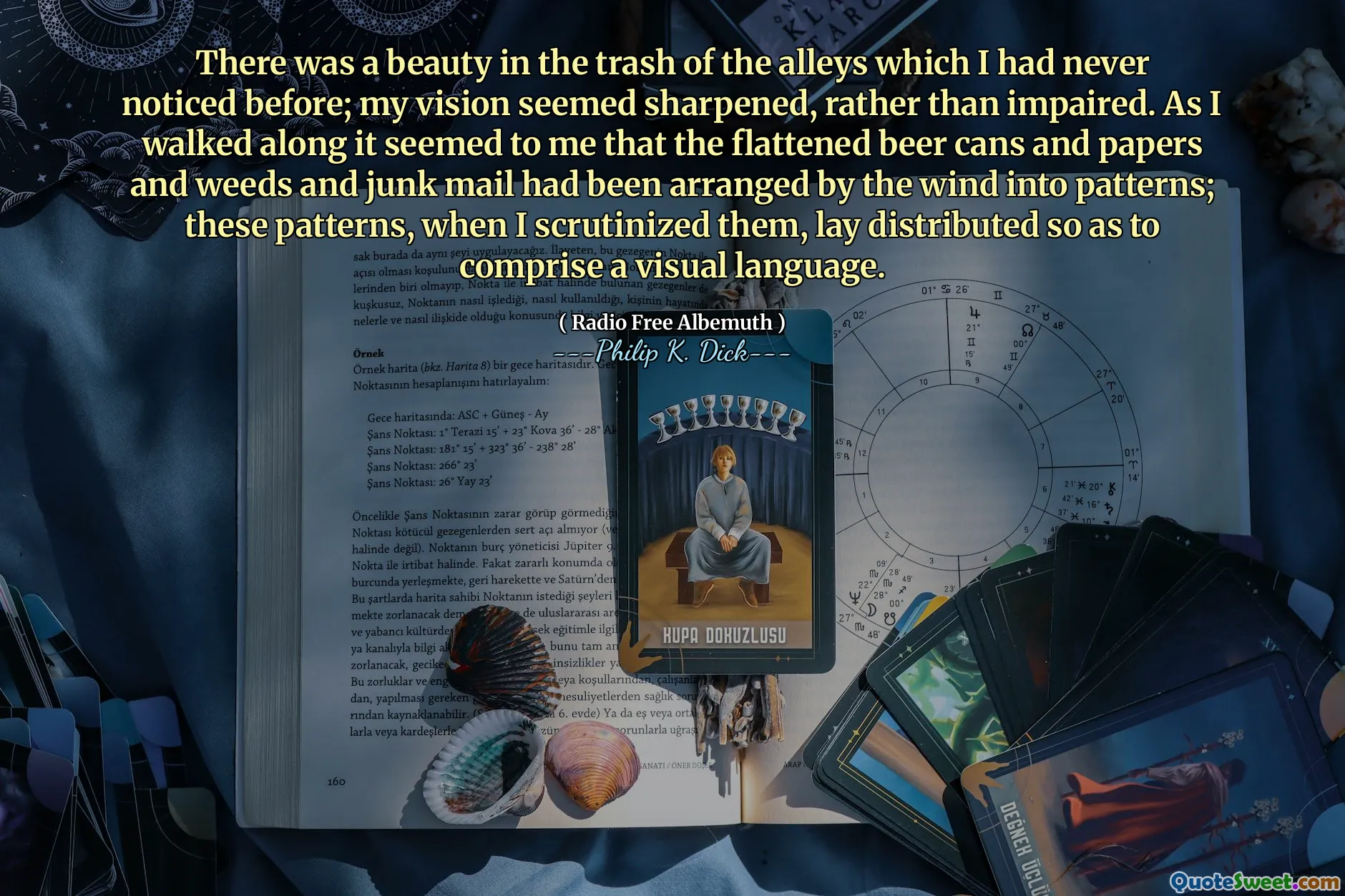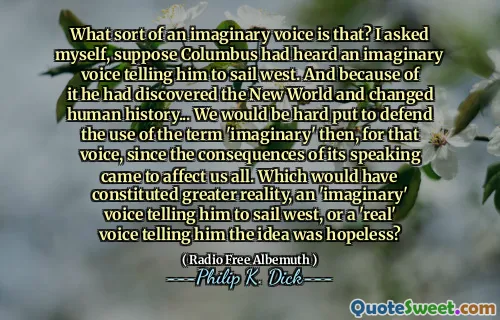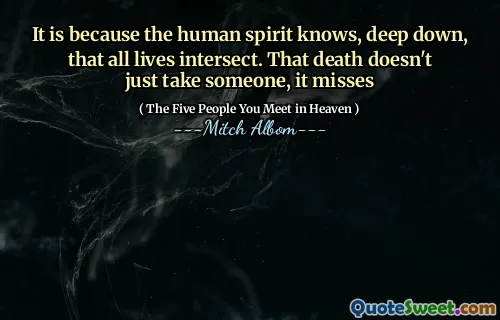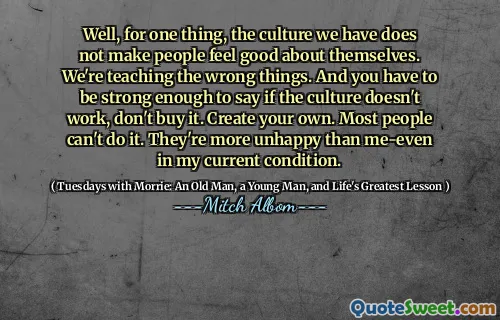
小巷的垃圾中有一个美,我以前从未注意到。我的视力似乎很锐利,而不是受损。当我沿着我走来走去时,在我看来,扁平的啤酒罐,纸张,杂草和垃圾邮件已被风排列成图案。当我仔细检查它们时,这些模式分布成部分,以包括一种视觉语言。
(There was a beauty in the trash of the alleys which I had never noticed before; my vision seemed sharpened, rather than impaired. As I walked along it seemed to me that the flattened beer cans and papers and weeds and junk mail had been arranged by the wind into patterns; these patterns, when I scrutinized them, lay distributed so as to comprise a visual language.)
在菲利普·迪克(Philip K. Dick)的“无线电木材”中,叙述者在观察街道上被遗弃的物品中被忽视的美感时经历了深刻的转变。曾经只是垃圾似乎变成了一种巧妙的安排,从而揭示了与环境的更深层次的联系。这种观点的转变使他可以在扁平的啤酒罐,纸和其他碎片中看到视觉诗歌,这表明可以在最意外的地方找到美丽。
这个清晰的时刻说明了一个人的观点如何改变现实,并突出所有事物的相互联系,甚至垃圾。叙述者的敏锐视野使他能够通过城市生活的混乱来感知一种“视觉语言”。通过这种经验,迪克邀请读者重新考虑他们的日常环境,并认识到其中存在的美丽潜力,敦促我们仔细观察并在平凡中找到意义。











